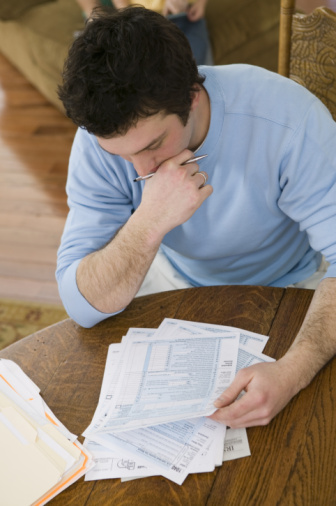
Filing the Bankruptcy Petition
Preparing to file the bankruptcy petition is often the hardest part of the process, because you have to gather a lot of financial records regarding your debts and make sure all your paperwork is in order. This can take time, but your attorney will help you with the process to make sure it goes as quickly as possible.
The Meeting of Creditors
Once the bankruptcy petition has been filed, the Bankruptcy Court must schedule a Meeting of Creditors to take place within 20 to 40 days. At the Meeting of Creditors, you’ll be asked questions about your debts by the Chapter 7 trustee in charge of investigating your finances. Assuming you’ve represented your debts and assets accurately, and no errors are found in your paperwork, this process will be quick and easy. In most cases, individuals filing for Chapter 7 bankruptcy do not possess any assets that need to be sold to pay their debts, because all of their assets are protected by the California exemption rules. If this is true in your case, the trustee will file a “no asset report” and move the case onto the next stage.
Creditor Objection Period
After the Meeting of Creditors, there is a 60-day creditor objection period. Assuming no creditors object to your receiving a discharge under Chapter 7, your case will typically be closed within a week of the expiration of this 60-day period.
Bottom Line
From start to finish, the typical Chapter 7 bankruptcy case will take between 90 and 120 days. Your case may take longer if a detailed financial investigation is required or if any creditors raise objections.

